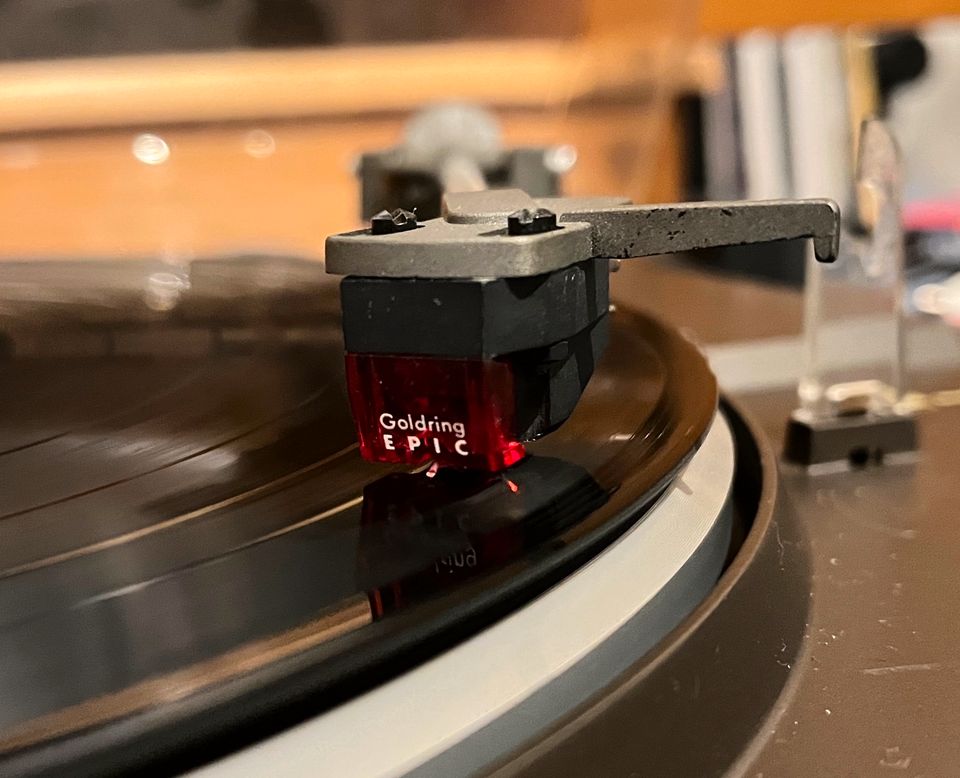Hi Craig I was wondering if you know how to remove the spacer tube on the end thread so I can use different cartridges? I tried turning it but it will not move. Thanks again.
Sorry Chaggy, I must have missed your prior question from back in June.
WRT to protractors, you might have better luck with the Linn one (or a third party printable type to Linn geometry). Just make sure to get the scale correct when printing (i.e. print, measure the critical dimensions, adjust print scale, reprint, measure, repeat as necessary). Vinyl Engine have plenty of free printable options, listed under Tools,
Cartridge Alignment Protractors.
As to removing the counterweight spacer, I've never worked on one of these so I'd first make sure that there isn't a set screw present, otherwise, there is always the possibility that some thread locker may have been used, or a bit of corrosion is holding things fast. Either way, I'd remove the arm from the deck and then attempt to protect the bearings by holding only the exposed threaded end of the stub tightly whilst attempting to unscrew the spacer. I suggest this as one who had their Helius Aureus Gold nearly fall to bits whilst attempting to adjust the counterweight.
BTW, a quick Google image search for 'qed r232 tonearm' shows one or two of these with the spacer still present and a few without, so it is possible, just likely to be a bit stubborn after all of these years.


